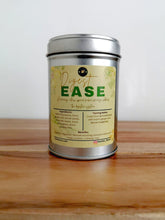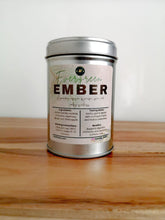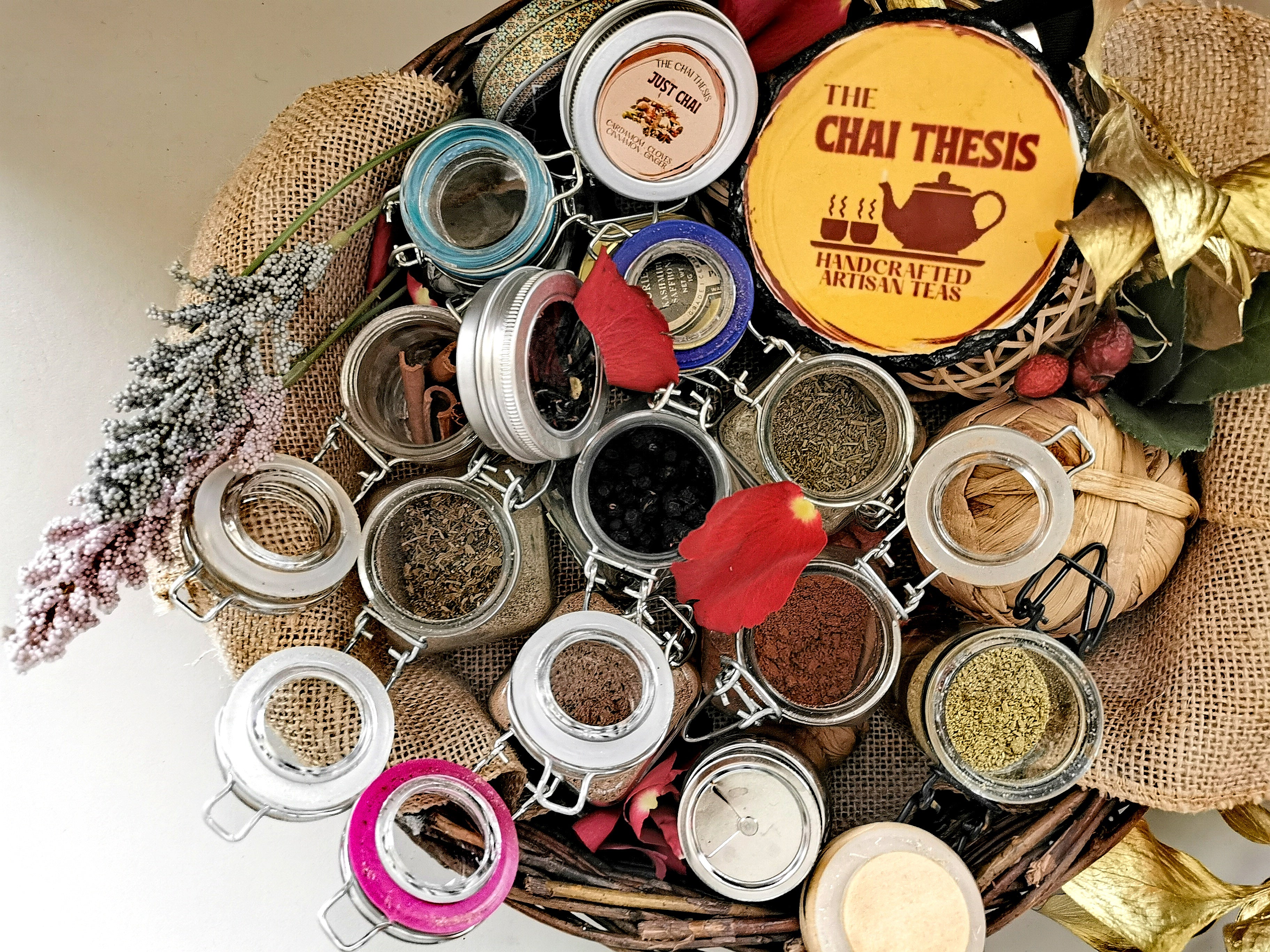Why Spices in the Tea?
You may wonder why South Asians cook their tea with spices (a practice known as “masala chai”).
In India, tea wasn’t originally part of the culture; spices were.
When tea arrived (through the British in the 1800s), people began adding traditional Ayurvedic herbs and spices to balance the body’s doshas (energetic types).
-
Ayurvedic Roots
Each spice was purposely added for medicinal reasons. For example,
- Ginger to aid digestion and warmth
- Cardamom for its cooling effect
- Cloves & black pepper to stimulate circulation and boost immunity
- Cinnamon for balancing blood sugar and adds grounding sweetness
So masala chai (spiced tea) wasn’t just a beverage - it was a healing elixir in disguise.

-
Colonial History and Adaptation
In pre-partition India, tea cultivation was driven by the British East India Company to compete with China. Initially, Indians didn’t adopt plain black tea as it was expensive and seemed foreign. Vendors started brewing it their way: boiling it longer, adding milk, sugar, and local spices. This transformed tea into something familiar, comforting, and aligned with indigenous taste and health traditions.

-
Historical and Practical Context
And then there was the tradition of cooking rather than brewing (as the British used to do) tea on a stove.
The preparation of masala chai, that is, simmering water, milk, tea leaves, and spices for 10–20 minutes or longer, wasn't just about flavour; it served as a rudimentary form of water and dairy sanitation in regions where access to clean water was limited and refrigeration was non-existent until the mid-20th century. Ethnographic accounts from the 19th century, including British colonial reports, note that tea boiling became a household staple partly as a safer alternative to raw water consumption.
Milk's high nutrient content made it a prime spoilage risk, so integrating it into a hot, spiced brew extended its usability—turning potential waste into a nourishing drink. Ayurvedic texts from as early as the 16th century (e.g., Bhavaprakasha) emphasise spiced milk decoctions for digestive health, implicitly tying into sanitation by promoting "fire" (agni) to "cook out" impurities.
And finally, the role of spices, while not as the primary sanitisers (boiling did most of the work), contributed as antimicrobial compounds.
-
Spices Profile
Ø Ginger (zingiberol) and cloves (eugenol) have natural antibacterial and antifungal properties, inhibiting pathogens like Salmonella.
Ø Cardamom and cinnamon provide essential oils that deter microbial growth.
These weren't deliberate "additions for hygiene" in folklore but evolved intuitively. Spices masked off-flavours from imperfect sanitation while offering secondary protection. Modern studies (e.g., from the Journal of Ethnopharmacology) validate these effects, showing spiced infusions reduce bacterial loads by 50–90% beyond plain boiling.
In essence, chai's method was a clever, multifunctional survival hack—blending wellness, taste, and hygiene in one pot. Today, it persists more for tradition than necessity, but its origins underscore South Asian ingenuity in resource-scarce times.
In essence, South Asians cook their tea with spices because it’s not just tea; it’s medicine, memory, and meaning in a cup.












